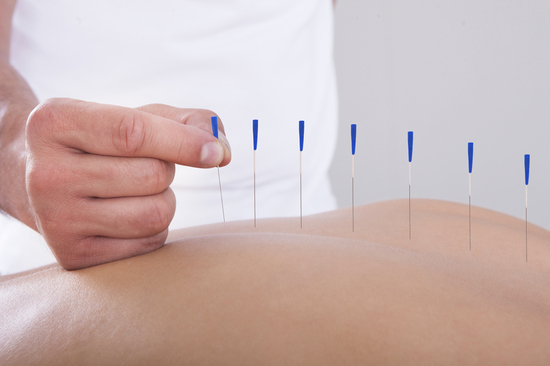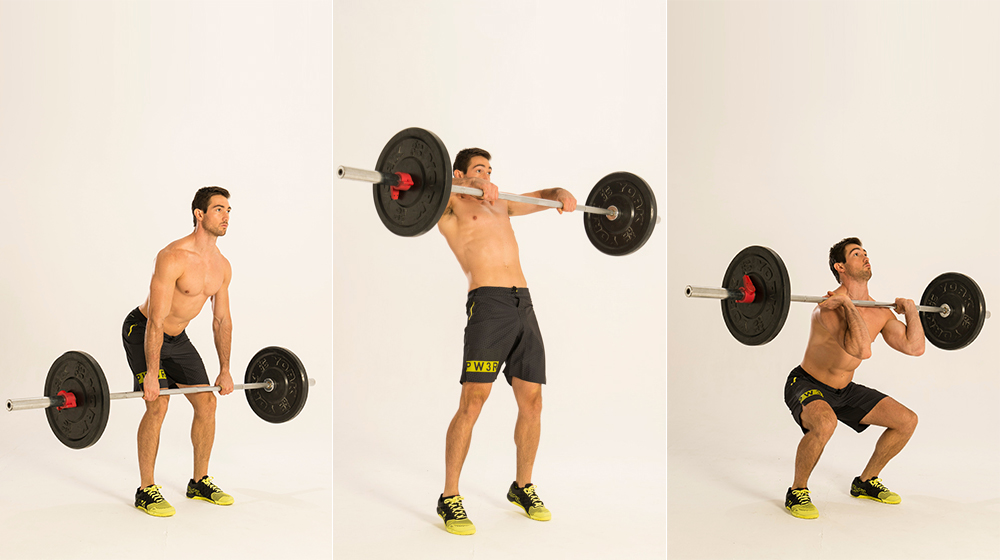Intramuscular Stimulation (IMS) is a full assessment and treatment approach for myofascial pain syndromes that are of neuropathic origin (nerve generated).
This neuropathic pain occurs when there is a malfunction in the peripheral nervous system. This leads to super sensitivity in the pain sensory system and these nerves misinterpret normally harmless signals from the body as an exaggeration of pain. This results in ongoing pain without any physical signs of permanent injury or inflammation. The supersensitivity of the nerves results in pain and chronic muscle shortening.
This chronic muscle shortening can have many effects on the body. It can mechanically stress muscle attachments and cause abnormal pulling on tendons, leading to tendinosis. Shortened muscles that cross a joint can also increase joint pressure and cause joint pain. When this process happens in the spine, it can cause further spondylosis (degneration of the spine) and can eventually lead to osteoarthritis. The shortened muscles in the spine also cause compression of the disc and impingement on the nerve root, which contributes to continued irritation of the nerve.
IMS Assessment and Treatment Sessions?
IMS assessment and treatment requires a thorough physical examination by a credentialed physician or physiotherapist trained to recognize the physical signs of neuropathic pain. This physical examination is essential, as neuropathic pain is not visible on X-Rays, MRI, bone or CT scans.
IMS treatment utilizes sterile acupuncture needles to specifically target muscles that are shortened as a result of neuropathic pain. IMS treatment involves dry needling the affected areas of the body. The point of insertion of the acupuncture needle can be at the epicenter of stretched, tender muscle bands, or it can be in the muscles near the spine where the nerve root may have become irritated and supersensitive.
IMS needling into a shortened, supersensitive muscle will generally cause an ache or a muscle twitch.
What are Signs of Neuropathic Pain?
- The painful area is tender to finger pressure. Tenderness is at its apex over motor points where the nerve enters a muscle or tendon. These generally correspond to acupuncture and trigger points.
- The painful part is usually colder (from vasoconstriction).
- Localized hair loss.
- Muscle Shortening: The most crucial shortening occurs in paraspinal muscles across a joint space, compressing the disc and sometimes the nerve root. The significance: neuropathy becomes the primary condition, and the ‘root signs’ are secondary result.
How Does IMS Work?
The dry-needling causes 3 things to happen in the muscle:
- A stretch receptor in the muscle is stimulated, producing a reflex relaxation (lengthening).
- The needle causes a small injury that draws blood to the area, initiating the natural healing process.
- The treatment creates an electrical potential in the muscle to make the nerve function normally again.
Benefits of IMS
The goal is to release muscle shortening, which presses on and irritates the nerve. Super-sensitive areas can be desensitized, and the persistent pull of shortened muscles can be released. IMS is very effective for releasing shortened muscles under contracture, thereby causing mechanical pain from muscle pull. IMS, in effect, treats the underlying neuropathic condition that causes the pain.
What is the Difference Between IMS and Traditional Acupuncture?
Acupuncture is based on pre-defined, non-scientific meridians. Some of these points are into muscles, nerves and joints.
IMS requires a medical examination by a practitioner very knowledgeable in anatomy. IMS needle insertion points are indicated by findings and physical signs. All needle points in IMS are only into muscle, and both reported and measurable changes are experienced immediately with IMS.
SEMI’s physiotherapy team is trained and experienced in Gunn Intramuscular Stimulation. With how precise IMS treatment is, a practitioner or physiotherapist who is extremely knowledgeable in anatomy is essential.
If you’re interested in IMS treatment and would like to book an appointment, contact administration to ensure you’re being treated by one of our physicians certified in Gunn Intramuscular Stimulation.
References:www.istop.org






